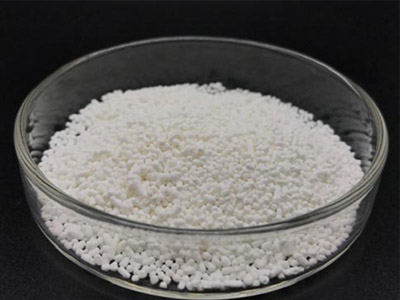Biological Vs Chemical Treatment Systems
When comparing biological and chemical wastewater treatment strategies, how do you know which technologies are best suited to your facility's treatment needs?
When comparing biological and chemical the zinc kettle strategies, how do you know which technologies are best suited to your facility's treatment needs?
What pollutants can be removed by biological and chemical wastewater treatment systems?
When it comes to understanding what technologies may make up your wastewater treatment system, an important factor in making that decision will come down to the types of contaminants that need to be removed. These are some of the ways in which biological and chemical treatment can help.
Biological Treatment Systems
Biological wastewater treatment systems are best at removing substances that are readily biodegradable. For example, things used in the garden or kitchen that consist of carbohydrates, polysaccharides, starches, sugars, proteins and edible fats (such as lipids or vegetable oils).
To this list we can also add hydrocarbons (such as ethane, hexane, pentane, octane and nonane), as well as smaller aromatic compounds (such as benzene, toluene, xylene and simple phenols), which are also easy to use simple compounds for bacterial decomposition and digestion.

Ammonia Nitrogen Remover
Chemical treatment systems
The contaminants removed by chemical means are usually toxic soluble metals (such as aluminum, cobalt, copper, iron, mercury, nickel, lead and zinc). Bacteria are not effective in removing these contaminants, but chemical treatment of these metals by the addition of calcium hydroxide or sodium hydroxide helps to form insoluble metal hydroxides, which precipitate out of aqueous solutions.
Industries such as mining and steelmaking or oil and gas - whether the plant uses raw materials from the earth that contain these compounds in the wastewater as a byproduct - typically use chemical rather than biological wastewater treatment technologies.
Biological vs. chemical treatment systems
If your facility has more complex contaminants, such as certain polymers or polynuclear links, these are often more difficult to degrade by bacteria. In these cases, chemistry can be used in the initial treatment phase of the wastewater to break down the non-degradable compounds by partially oxidizing them and converting them from polymers (or more complex forms) to monomers or dimers (or simpler forms) so that bacteria can take and process the rest of the decomposing molecules from there. In these cases, you can use advanced oxidation chemistry, such as ozone or hydrogen peroxide, prior to the biological component.
A combination of chemical and biological wastewater treatment may be required where industrial streams are highly concentrated with hydrocarbons, such as in some refineries. These problematic streams are split out for chemical pretreatment - where most of the toxicity is removed - and then added to the stream toward the biological plant, but this does not happen often.
In some cases, you have to choose between biological or chemical treatment, such as the removal of selenium. Historically, it was chemically removed by adding reducers and adsorbents, but it can also be biologically removed using anaerobic nitrate-reducing bacteria.
So, which type of treatment system is best for our facility?
As always, we recommend that you consult with your water treatment specialist to ensure that the technology used at your facility is appropriate for your process and needs.
Shijiazhuang Xingzhong Water technologies Co., Ltd. is a supplier and technical service provider dedicated to the water treatment industry.
For ten years, we have provided customers with environmental protection solutions through professional technology, cost-effective products and high-quality services.
If you want to get more information about the water treatment chemicals, welcome to contact us today or request a quote.